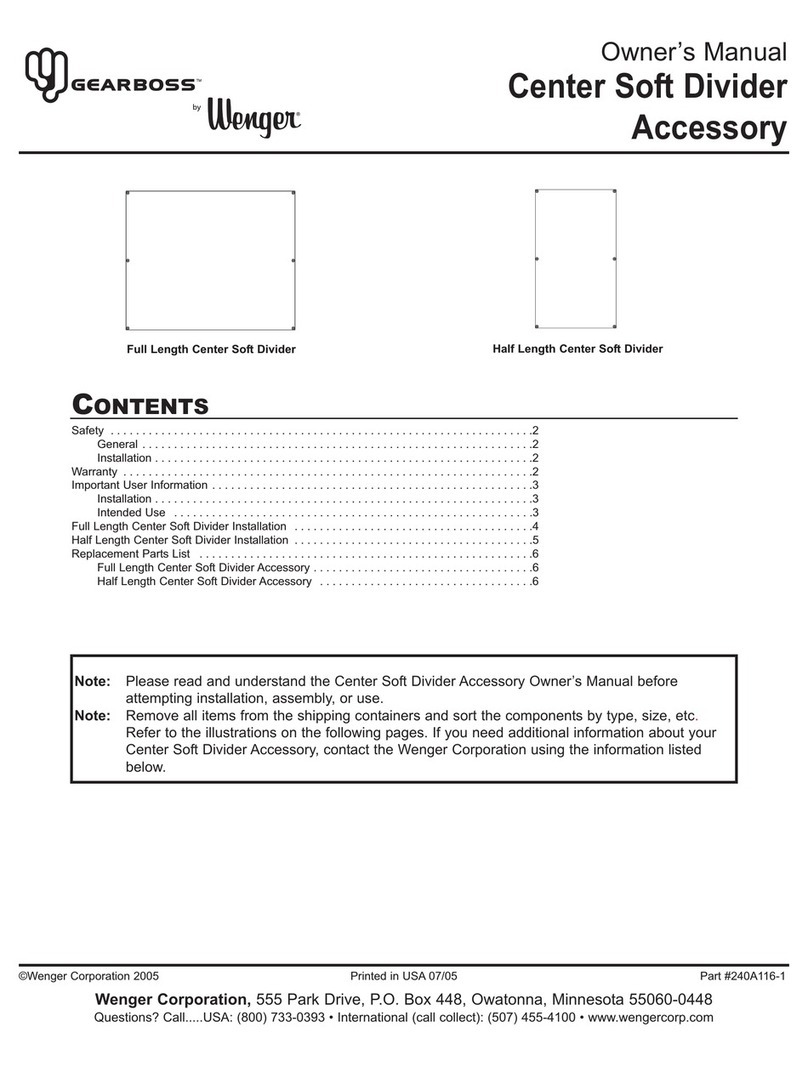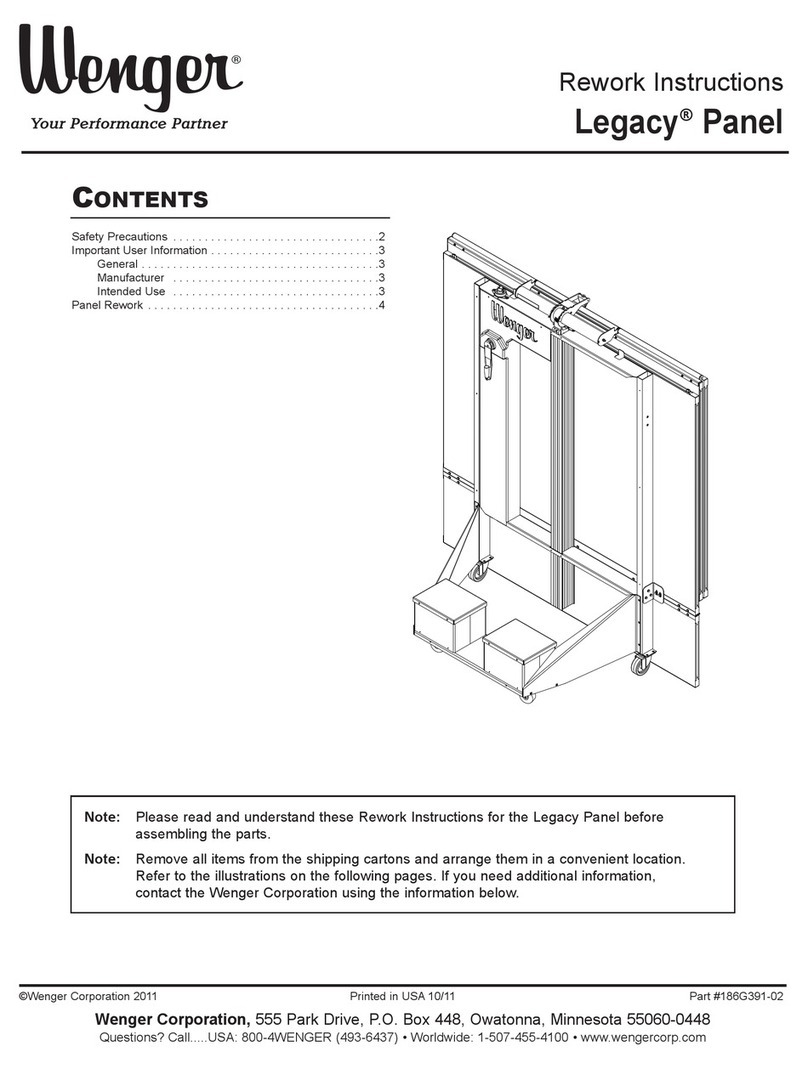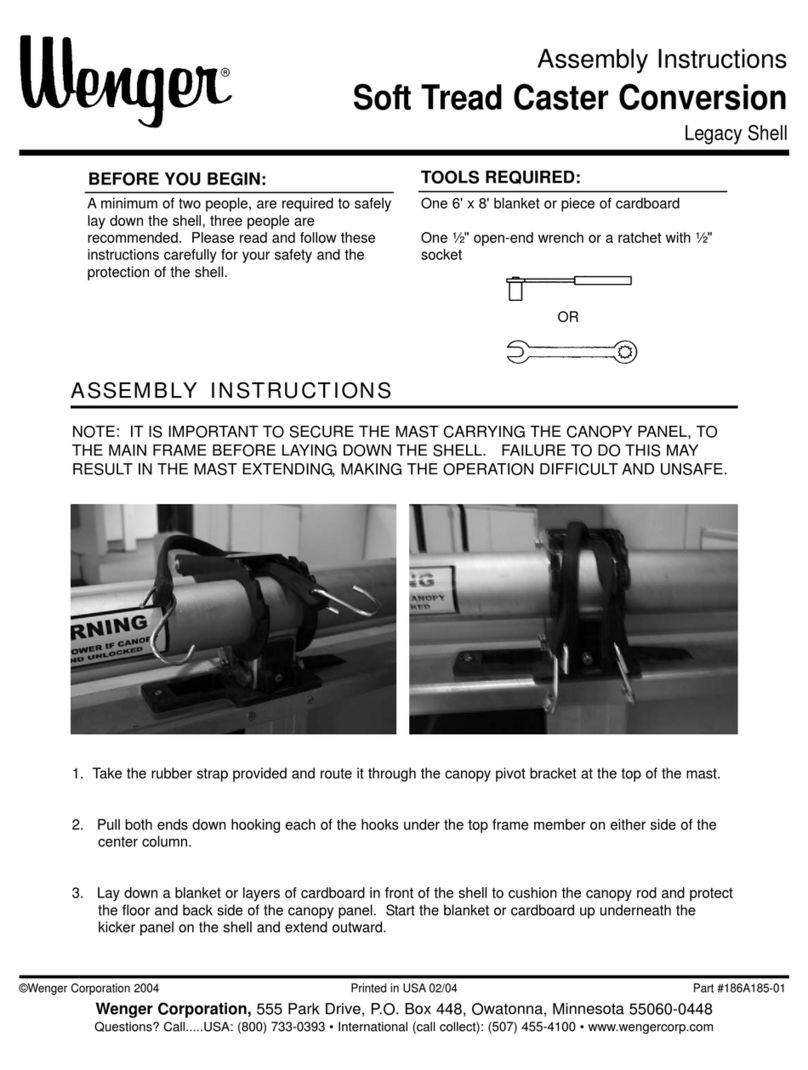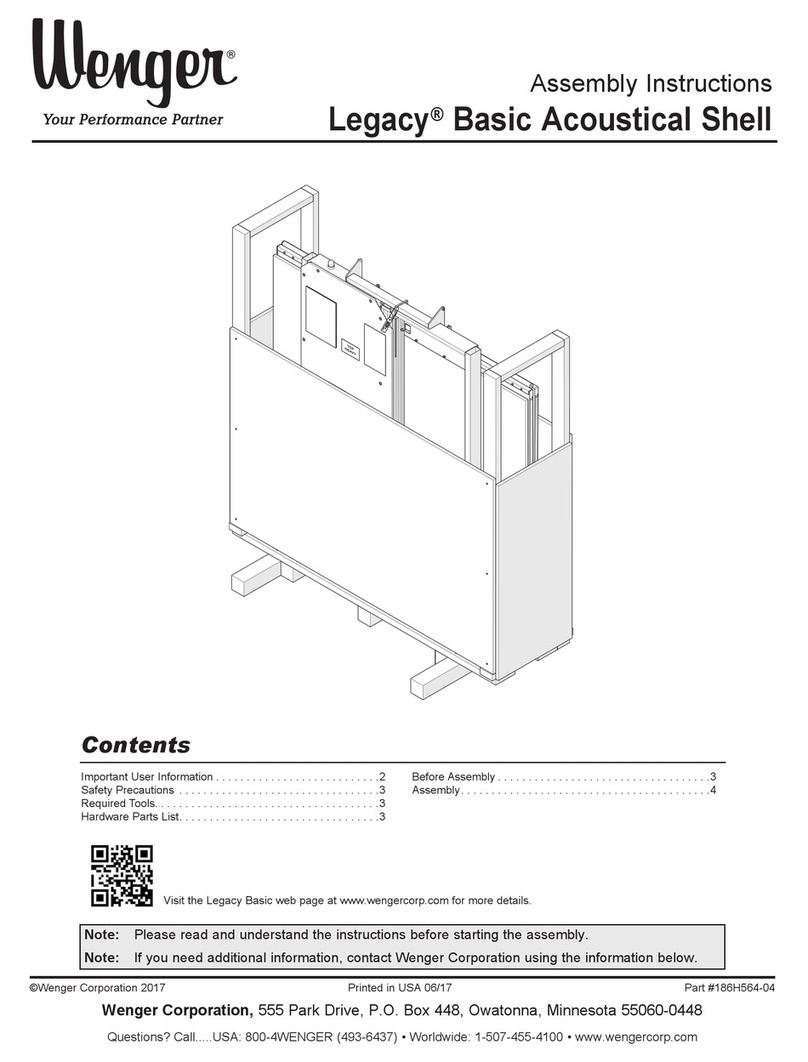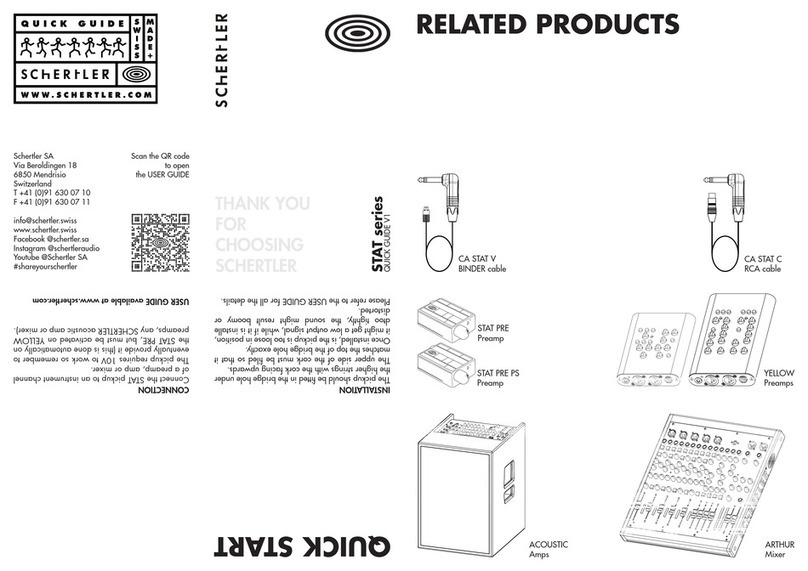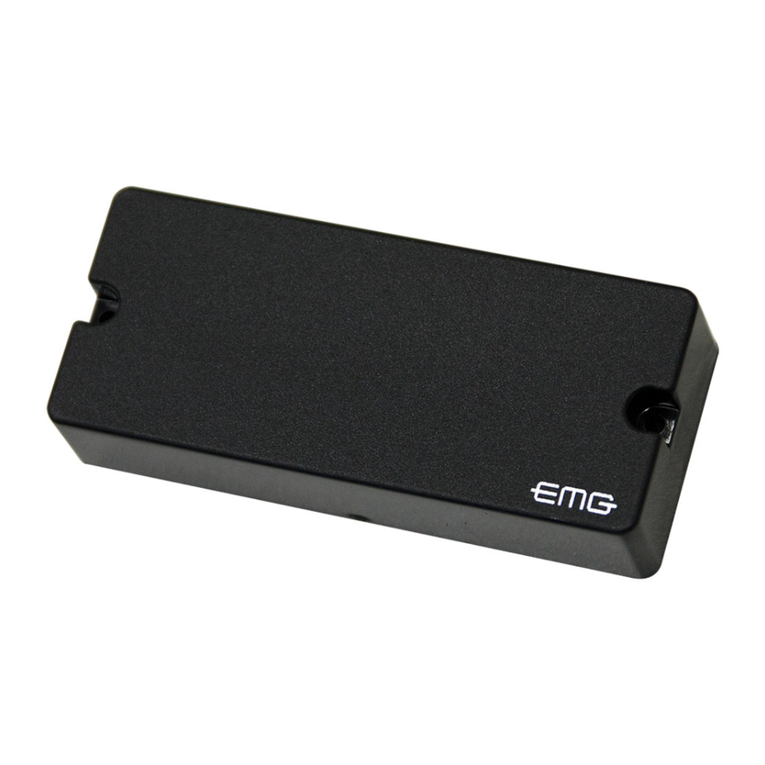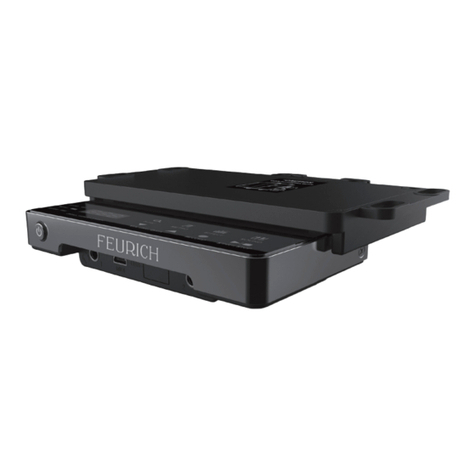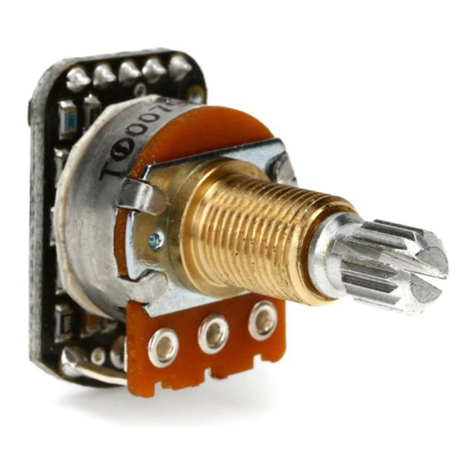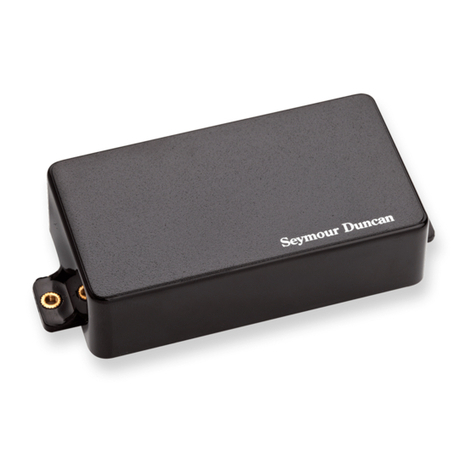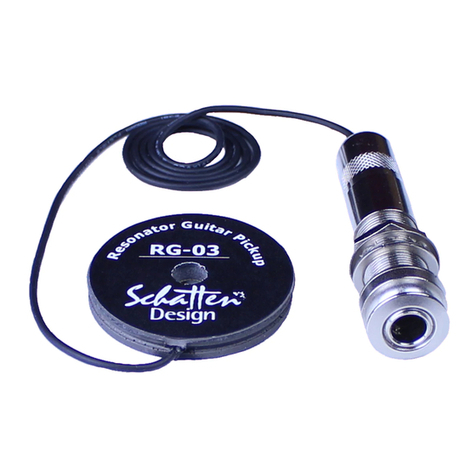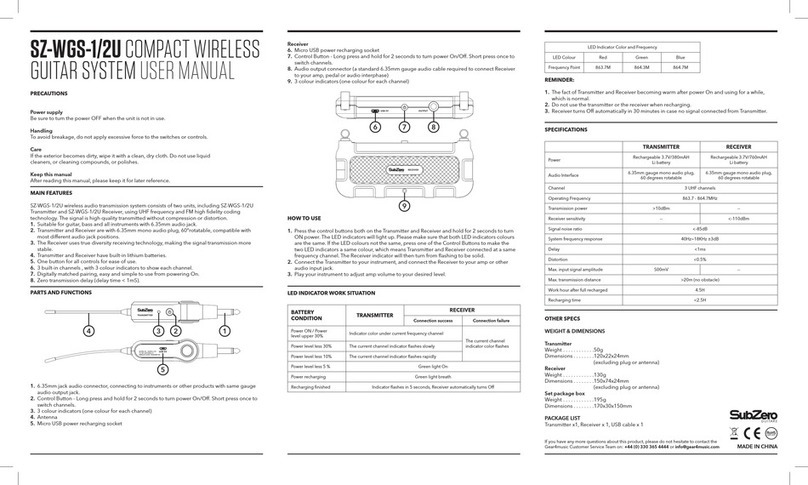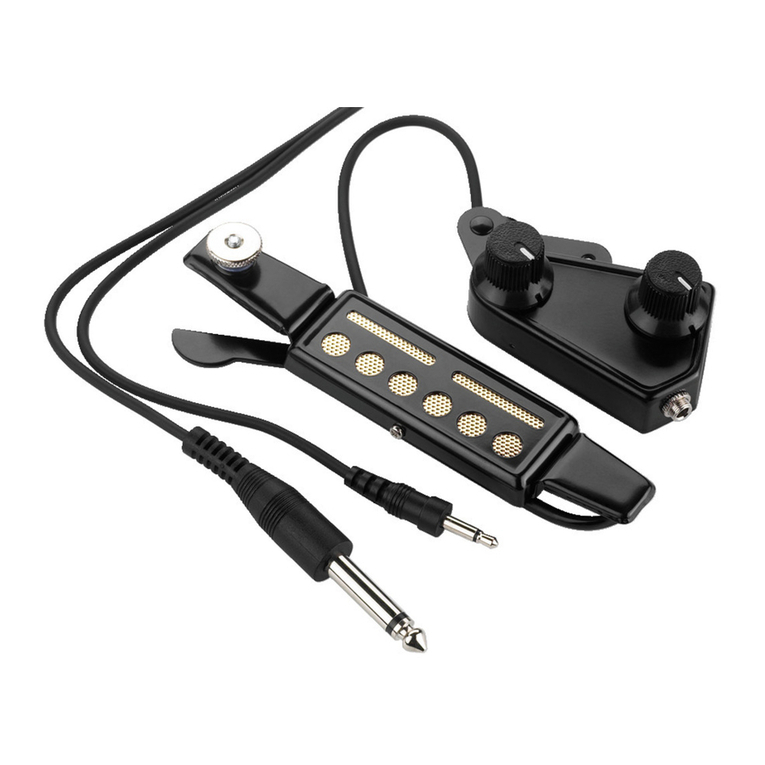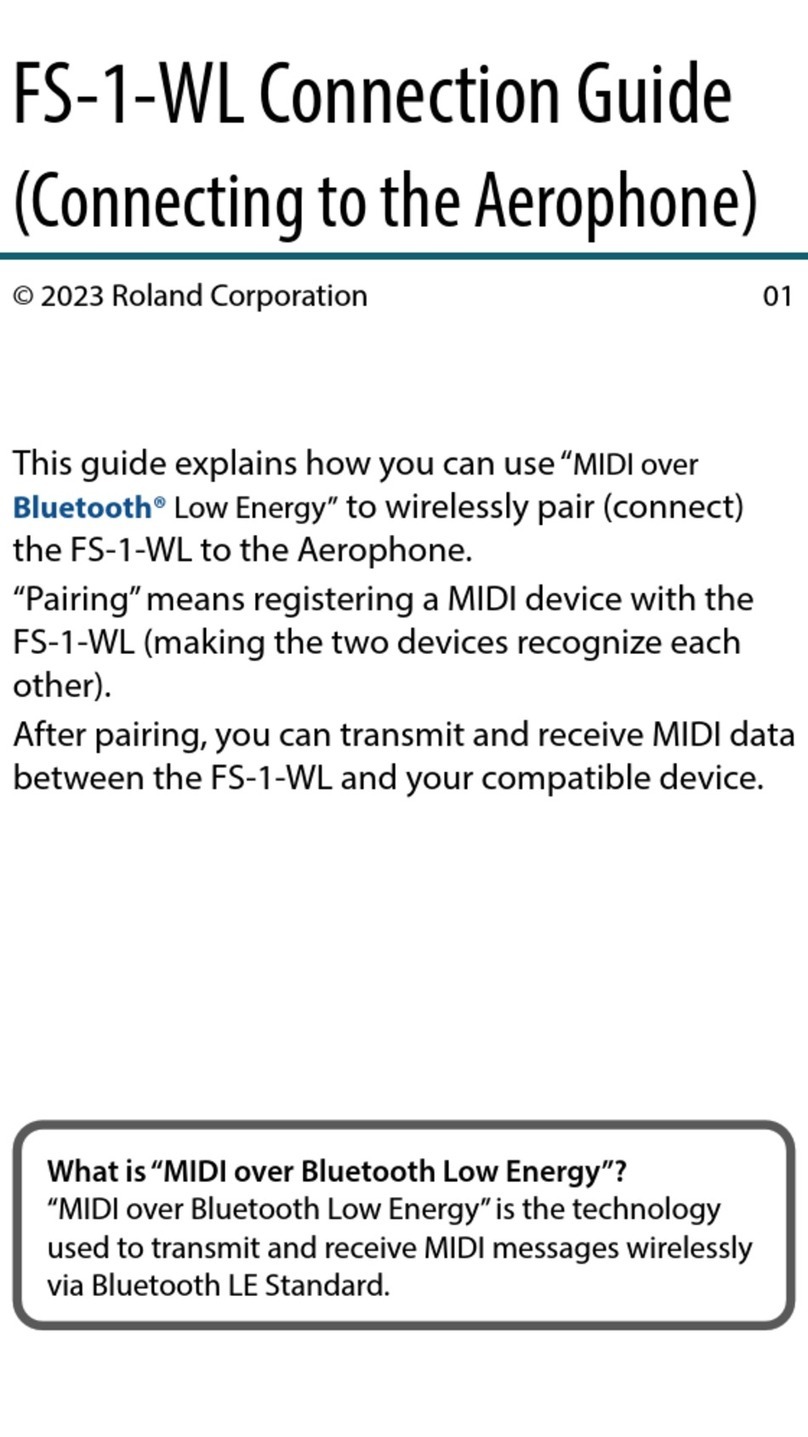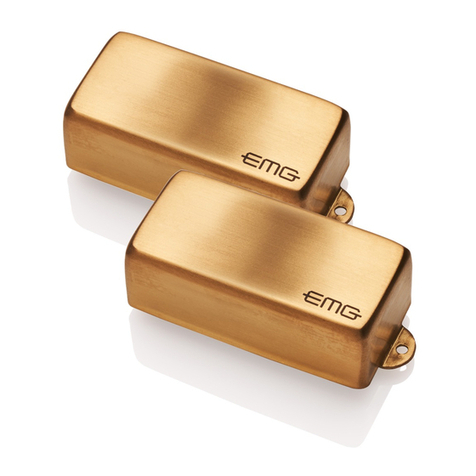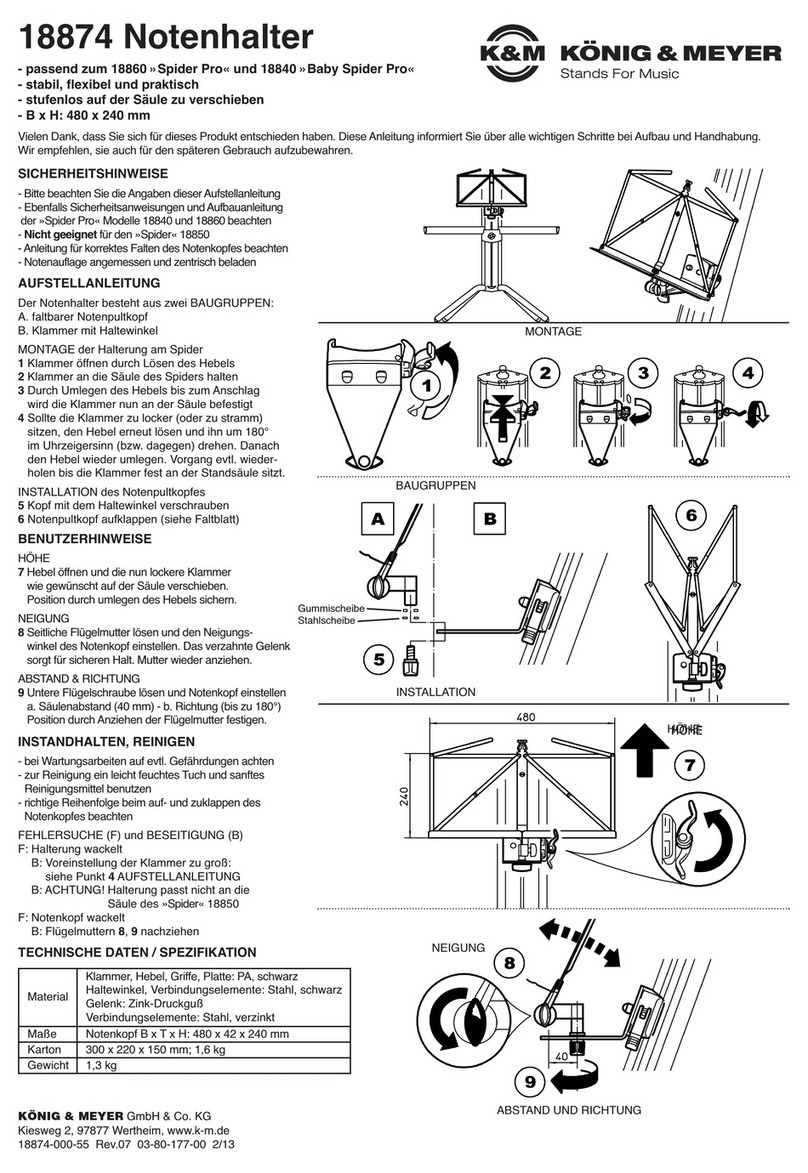
Important User Information . . . . . . . . . . . . . . . . . . . . . . . . . . . . . . 2
Safety Precautions . . . . . . . . . . . . . . . . . . . . . . . . . . . . . . . . . . . . 3
Before Installation . . . . . . . . . . . . . . . . . . . . . . . . . . . . . . . . . . . . . 3
Required Tools. . . . . . . . . . . . . . . . . . . . . . . . . . . . . . . . . . . . . . . . 4
Fasteners. . . . . . . . . . . . . . . . . . . . . . . . . . . . . . . . . . . . . . . . . . . . 4
Ceiling Assembly Description . . . . . . . . . . . . . . . . . . . . . . . . . . . . 5
Ceiling Installation . . . . . . . . . . . . . . . . . . . . . . . . . . . . . . . . . . . . . 6
Mark the Stage Area ...............................6
Arrange Ceiling Panels .............................7
Assemble Ceiling Panels ...........................8
Attach Ceiling Assembly to Batten ....................17
Fly the Ceiling Assembly............................18
Level the Ceiling Assembly ..........................19
Set the Performance Angle ..........................20
Install the Ceiling Catch ............................22
Engage the Ceiling Catch ...........................23
Ceiling Panel Lights. . . . . . . . . . . . . . . . . . . . . . . . . . . . . . . . . . . . 24
Ceiling Panel Light Installation .......................24
LED Ceiling Panel Light Electrical Connection ...........25
Incandescent Ceiling Panel Light Electrical Connection....25
Schematics . . . . . . . . . . . . . . . . . . . . . . . . . . . . . . . . . . . . . . . . . . 26
LED Ceiling Light Electrical Schematic.................26
Incandescent Ceiling Light Electrical Schematic .........27
Incandescent Ceiling Light Tilt Switch Schematic.........27
Final Inspection . . . . . . . . . . . . . . . . . . . . . . . . . . . . . . . . . . . . . . . 28
Installation Instructions
Maestro
®
Acoustical Ceiling
©Wenger Corporation 2019 Printed in USA 2019-09 Part #201A508-01
Wenger Corporation, 555 Park Drive, P.O. Box 448, Owatonna, Minnesota 55060-0448
Questions? Call.....USA: (800) 4WENGER (493-6437) • Worldwide: +1-507-455-4100 • wengercorp.com
Contents
Note: Please read and understand these instructions before using or setting up.
Note: Review all of the Installation Drawings and Reference Drawings.
Note: It is recommended that three or more people work together during the assembly.
Note: If you need additional information, contact Wenger Corporation using the information below.
Visit the Maestro Acoustical Shell web page at wengercorp.com for more information.
